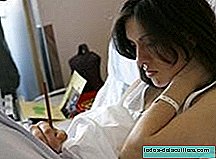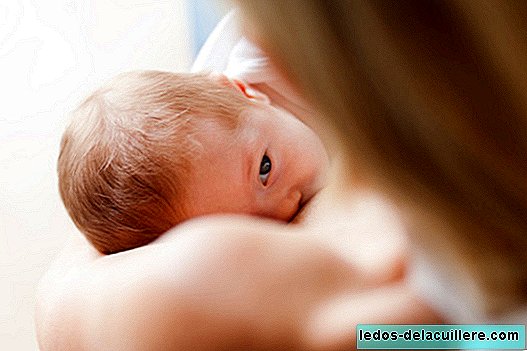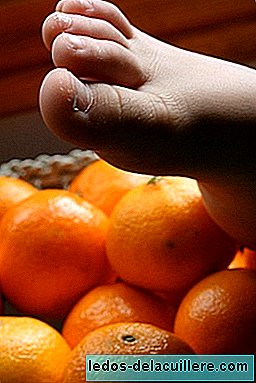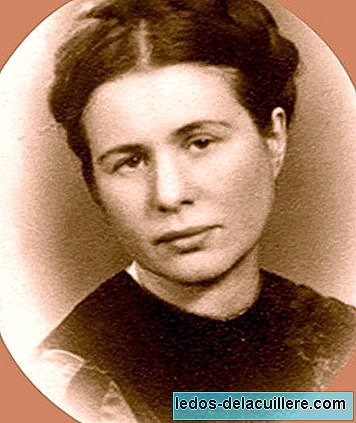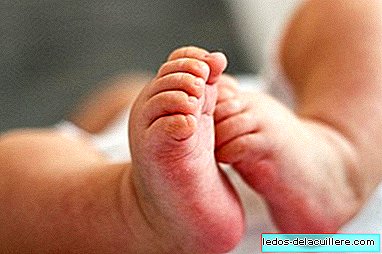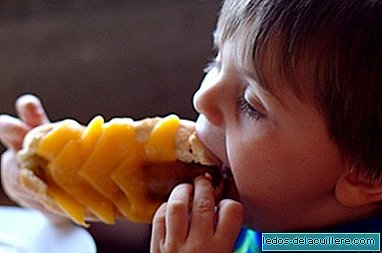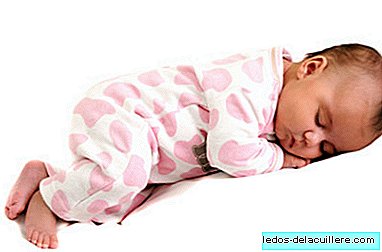
The most important relationship in a child's life is attachment to his mother. This is because the first relationship determines the basis for all future relationships. A healthy bond with the mother is essential for future social relationships with other people.
Human beings are born biologically prepared to bond emotionally and to become social beings. The first context of relationship and social communication is done by the baby with his parents, especially with his mother. However, the child's personality does not depend only on the parents, but will be the result of the joint action of the characteristics of the parents, and the temperament of the child, as well as the period of development in which he is.
From the first moment the mother accommodates her behavior to the natural rhythm of the baby. In feeding we find the first context for interaction, where the mother uses the biological rhythms of sleep / wakefulness, suction / pause, etc., to establish a pattern of shifts and thus create a context of dialogue. In this situation, initially it is the mother who has the intention, who creates and controls the situation; subsequently the relationship between the two will have more vocal exchanges, exchanges of gaze ...
We could define attachment as an emotional bond that is established between the mother and her baby linking in space and enduring in time.
From the first moment in which the mother and the baby are involved in this relationship, until the child is incorporated into the social system in which they live, a learning process is formed in which both mother and baby, launch a marked preference towards members of its species and social stimuli (such as: preferences for the mother's face, her voice, her smell ...).
Likewise, babies have a series of reflexes and communicative signals (crying, smiling, gestural expressions ...) with which they communicate their emotional state, claiming the mother's attention and seek their proximity, resisting separation.
Moms also have different behaviors when they interact with babies, such as the search for body contact, caresses, kisses, the satisfaction of their biological needs and the use of baby talk.
The functions of attachment
Attachment fulfills two basic functions: favors survival and provides emotional security. However, it also fulfills other functions such as:
- promote physical and psychic health
- favor the development of communication and cognitive development
- favor social development
- turn this interaction into a game that both mother and baby enjoy
How does attachment develop between mother and child?
Attachment starts from birth, being a process that needs some time to establish that consists of several stages:
- Stage from 0 to 3 months: There is a marked preference for human faces and an indiscriminate social response to those who care for and interact with it (the child demands adult attention and enjoys the voice, contact and human warmth). At this stage we could not talk about attachment as such, since the baby still willingly accepts any adult that meets their needs
- Stage from 3 to 6 months: Babies clearly discriminate the face, voice, smell or behavior of family people and show differential behaviors (smiles, vocalizations, uneven crying ...) towards their attachment figure, although they still do not reject strangers.
- Stage from 8 to 16 months: the baby manages to explore more and more active surroundings, using the attachment figure (usually the mother) as a safe base. The separation of this causes reactions of anxiety, protest, crying ...; the reunion, on the other hand, tranquility and joy. Distrust and fear of strangers becomes habitual.
From the first year life begins a certain independence of its attachment figures, since the separation now leads to explore, discover new relationships and stimuli ..., and with it, desire to move forward. But in return it means the loss of a secure base.
Types of attachment
- Secure attachment: the child feels the safety and confidence of the mother. He shows anxiety behaviors when he separates and joy when he returns. Before the stranger he is calm as long as his reference figure is present.
- Evasive attachment: The child ignores the mother when she is present, does not become sad when she leaves and does not seek contact or show joyful behavior when she returns. Does not show concern to strangers. It is a type of insecure attachment in which you have learned not to protest and hide your feelings.
- Opposition Attachment: The child is very attached to his mother, he barely explores, he is not well with the situation and before the stranger, he reacts with anguish to the separation, although he does not comfort himself with the reunion, but seeks contact while protesting.
- Disorganized attachment: The child shows many insecure, confusing and contradictory behaviors: he approaches the mother but avoids her, before a stranger flees from the mother and in the reunion they seek the approximation although they suddenly avoid interaction with her.
The most important relationship in a child's life is attachment to his mother. This relationship is what in the future you will determine future relationships. The experiences that occur during the first years of the child's development are very relevant in the ability to form intimate and emotionally healthy relationships. Empathy, affection, inhibition, coming to love ... are aspects that are directly related to the attachment that is formed between the mother and her child during childhood.


